In the ever-evolving landscape of energy solutions, understanding the nuances between various fuel types is paramount for industries aiming to optimize efficiency and sustainability. Among these, Liquefied Petroleum Gas (LPG) and Propane stand out as prevalent choices, each with distinct characteristics that influence their application across different sectors. At CarMax Vehicle, we delve deep into the intricacies of LPG and Propane, providing insights to help businesses make informed decisions tailored to their specific needs.
Table of Contents
- Defining LPG and Propane
- Chemical Composition and Properties
- Production Processes
- Energy Content and Efficiency
- Storage and Transportation
- Applications Across Industries
- Safety Considerations
- Environmental Impact
- Cost Implications
- Choosing Between LPG and Propane
- Future Trends
- Conclusion
- Frequently Asked Questions
Defining LPG and Propane
Liquefied Petroleum Gas (LPG) is a versatile fuel composed primarily of propane and butane, though the exact composition can vary based on regional availability and specific industry requirements. Its ability to liquefy under moderate pressure makes it a favored choice for both heating and as a transportation fuel.
Propane, on the other hand, is a specific component of LPG. Chemically known as C₃H₈, propane is a hydrocarbon that exists in gaseous form at atmospheric pressure but can be easily liquefied for storage and transportation. While all propane is LPG, not all LPG is propane.
Understanding the relationship and distinctions between these two fuels is essential for optimizing their use in various applications, ranging from residential heating to powering industrial machinery.

Chemical Composition and Properties
| Property | LPG | Propane |
|---|---|---|
| Chemical Formula | Mixture of propane (C₃H₈) and butane (C₄H₁₀) | C₃H₈ |
| Boiling Point | -42°C to -0.5°C (varies with mixture) | -42°C |
| Energy Density | ~25 MJ/L | ~25.3 MJ/L |
| Octane Rating | Variable, typically around 90-100 | Approximately 98 |
| Vapor Pressure | Higher due to butane content | Consistent at colder temperatures due to pure composition |
The presence of butane in LPG can influence its performance in colder climates, as butane has a higher boiling point compared to propane. This affects vapor pressure and, consequently, the efficiency of fuel delivery systems in varying temperatures.
Production Processes
The production of LPG and propane involves distinct processes, primarily centralized around refining and fractionation:
Crude Oil Refining: Both LPG and propane are by-products of crude oil refining and natural gas processing. During refining, hydrocarbons are separated based on their boiling points.
Fractional Distillation: This process isolates propane from other components. LPG, being a mixture, undergoes a more nuanced separation to achieve the desired propane-to-butane ratio.
Purification: Ensuring the removal of impurities and contaminants is crucial for both LPG and propane to meet industry standards and safety regulations.
CarMax Vehicle collaborates with leading refining partners to ensure the highest quality standards are met, optimizing the fuel’s performance for our semi-trailers and other heavy machinery.
Energy Content and Efficiency
Energy content plays a pivotal role in determining the suitability of a fuel for specific applications. Both LPG and propane boast high energy densities, but subtle differences can influence their efficacy:
LPG: With an energy content of approximately 25 MJ/L, LPG provides a reliable energy source for a wide range of applications. Its mixture with butane can offer flexibility in energy provision, especially in regions where temperature fluctuations are moderate.
Propane: Slightly higher in energy density at ~25.3 MJ/L, propane offers consistent performance, particularly in colder environments where the absence of butane prevents a drop in vapor pressure.
The efficiency of fuel utilization in machinery, such as semi-trailers produced by CarMax Trailer, hinges on these energy dynamics, ensuring optimal performance and reduced operational costs.
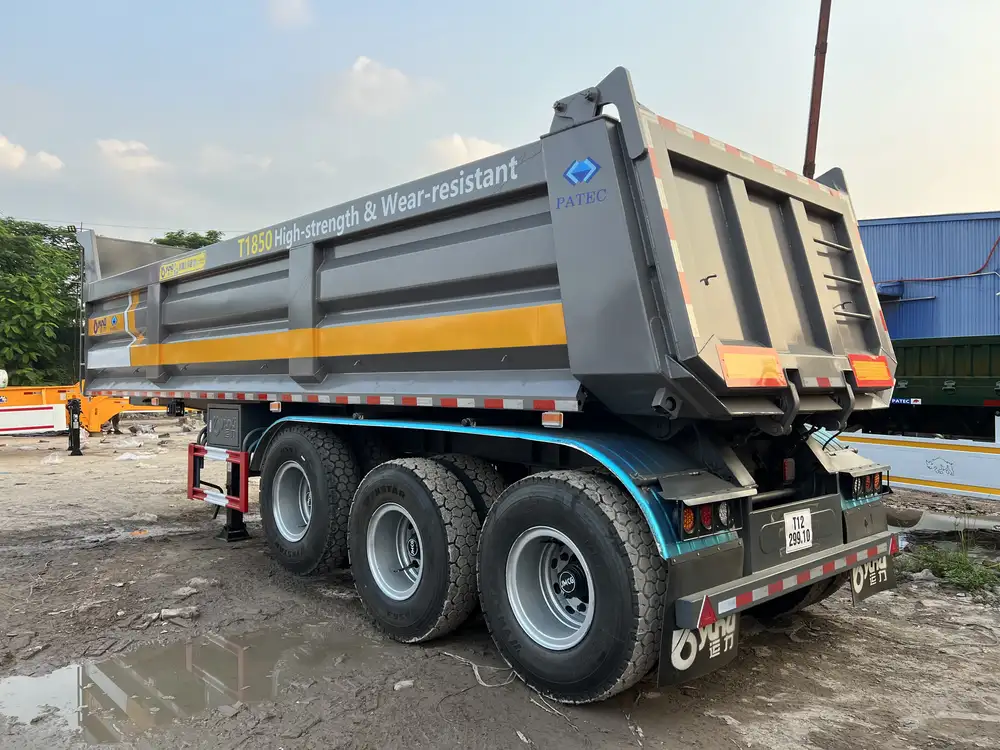
Storage and Transportation
The logistics of storing and transporting fuel are critical considerations, especially for industries reliant on large-scale energy consumption:
LPG: Its composition can vary, often containing butane, which requires careful temperature management during storage to prevent pressure build-up. LPG is typically stored in pressurized tanks, ensuring it remains in liquid form for efficient transportation.
Propane: Being a single-component gas, propane offers predictability in storage requirements. Its low vapor pressure at ambient temperatures simplifies storage logistics, making it a preferred choice for cold climates.
CarMax Vehicle prioritizes advanced storage solutions, integrating state-of-the-art containment systems in our semi-trailers to ensure safe and efficient fuel management.
Applications Across Industries
The versatility of LPG and propane extends across diverse sectors, each leveraging their unique properties:
Residential and Commercial Heating
- LPG: Used in home heating systems, fireplaces, and commercial kitchens, LPG’s flexibility makes it suitable for varied heating demands.
- Propane: Preferred in regions without access to natural gas pipelines, propane offers a reliable heating source with minimal infrastructure.
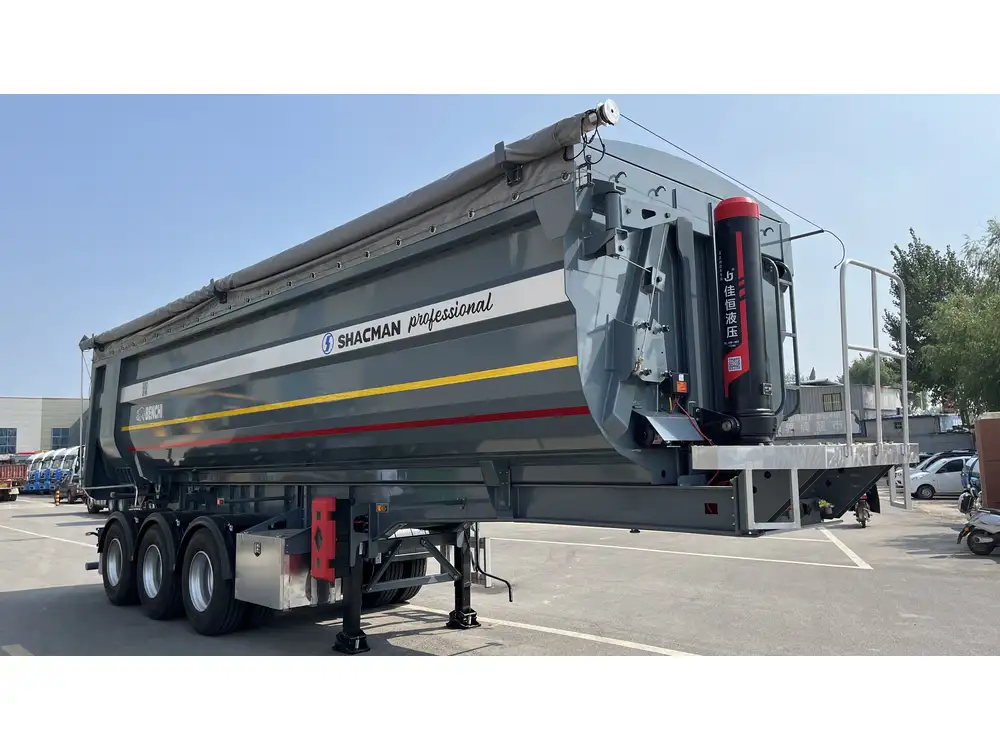
Transportation
- LPG: Serves as a cleaner alternative to diesel in some transportation fleets, reducing emissions and operational costs.
- Propane: Widely adopted in recreational vehicles (RVs) and forklifts, propane’s efficiency and availability are significant advantages.
Industrial Applications
- LPG: Powers manufacturing equipment, welding torches, and as a feedstock in chemical processes.
- Propane: Supports large-scale industrial heating, drying processes, and as a raw material in petrochemical production.
Agricultural Use
- LPG and Propane: Both fuels are integral in powering irrigation pumps, grain dryers, and heating livestock facilities, ensuring agricultural productivity and sustainability.
CarMax Vehicle leverages these applications to design semi-trailers equipped with optimal fuel systems, catering to diverse operational requirements across industries.
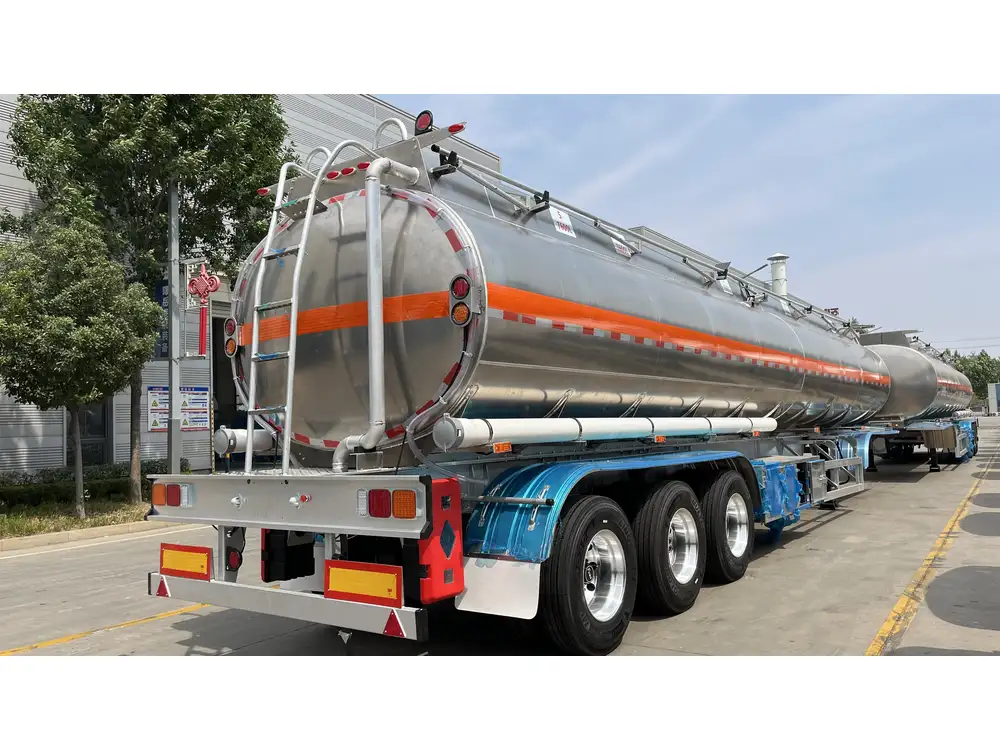
Safety Considerations
Safety remains a paramount concern in handling and utilizing LPG and propane, given their flammable nature:
Flammability and Combustion
- LPG and Propane: Both fuels are highly flammable, necessitating stringent safety protocols during storage, transportation, and usage to prevent accidents.
Leak Detection and Prevention
- Advanced monitoring systems are essential to detect leaks promptly. CarMax Vehicle integrates cutting-edge sensor technologies in our trailer designs to ensure real-time monitoring and immediate response mechanisms.

Handling Procedures
- Proper training for personnel involved in fuel handling ensures adherence to safety standards, minimizing risks associated with fuel leaks, spills, or accidental ignition.
Regulatory Compliance
- Both fuels are subject to stringent regulations governing their storage, transport, and usage. Compliance with local and international safety standards is non-negotiable, ensuring safe operations and avoiding legal repercussions.
Environmental Impact
The environmental footprint of LPG and propane is a critical consideration in today’s sustainability-focused landscape:
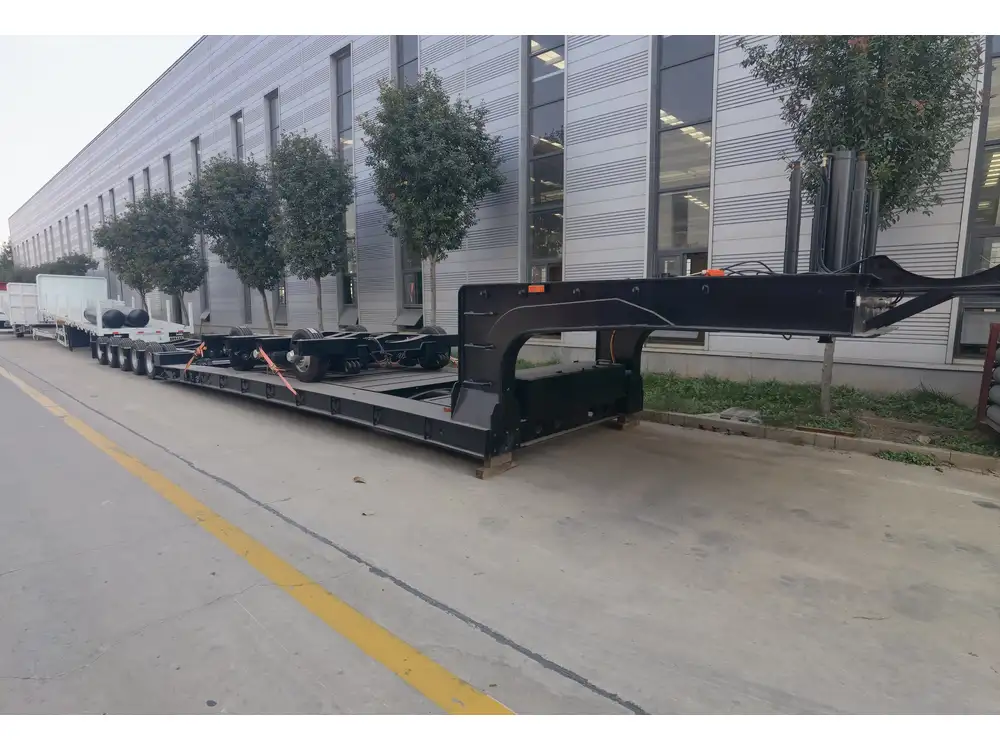
Emissions Profile
- LPG and Propane: Both fuels burn cleaner than traditional fossil fuels, emitting lower levels of carbon dioxide (CO₂), nitrogen oxides (NOₓ), and particulate matter, thus contributing to reduced greenhouse gas emissions.
Renewable Alternatives
- While LPG and propane are fossil fuels, ongoing research explores bio-based propane alternatives, aiming to further mitigate environmental impacts.
Lifecycle Analysis
- The production, transportation, and combustion of LPG and propane each contribute to their overall environmental impact. Efforts to streamline processes and integrate renewable energy sources in production can enhance their sustainability profiles.
CarMax Vehicle is committed to minimizing environmental impacts by optimizing fuel efficiency and incorporating eco-friendly practices in our manufacturing processes.
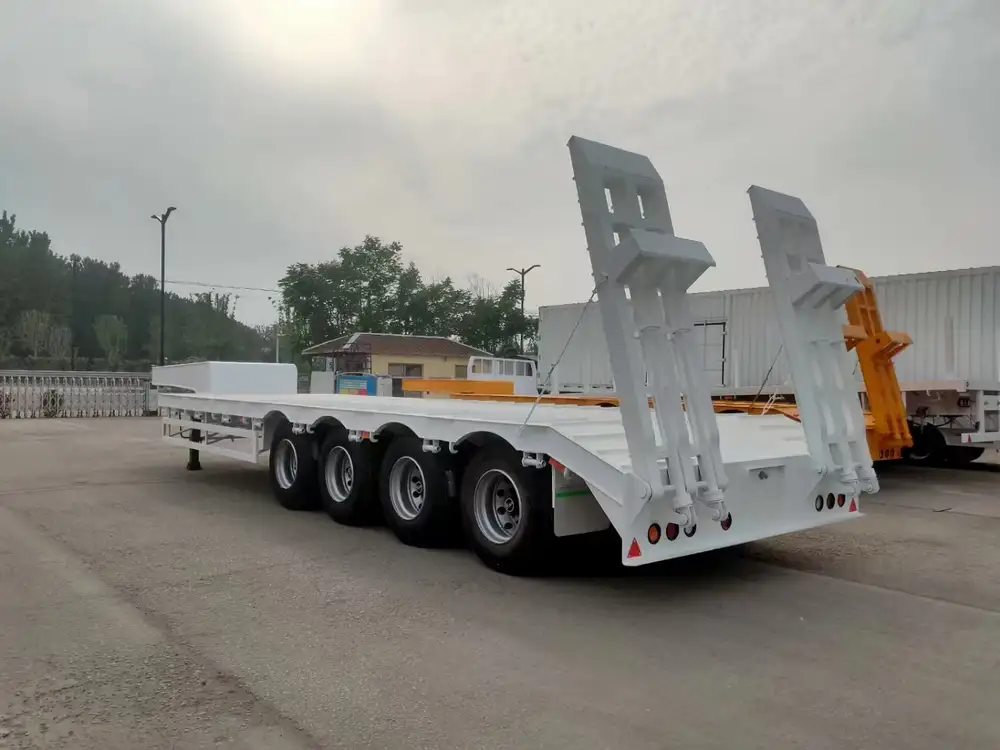
Cost Implications
Economic factors significantly influence the choice between LPG and propane, encompassing initial costs, operational expenses, and long-term financial viability:
Initial Investment
- LPG Systems: May require more complex storage and handling infrastructure due to the presence of butane, potentially increasing upfront costs.
- Propane Systems: Generally simpler and more predictable, often resulting in lower initial investments.
Operational Costs
- Fluctuations in fuel prices can impact operational budgets. Propane’s higher energy density can translate to better fuel efficiency, potentially lowering ongoing expenses.

Maintenance Expenses
- Ensuring the integrity of storage tanks and fuel delivery systems is critical. The simplicity of propane systems may result in reduced maintenance costs over time.
Return on Investment (ROI)
- Assessing the overall cost-effectiveness involves balancing initial investments against operational savings and longevity of the fuel systems. Comprehensive cost-benefit analyses facilitate informed decision-making.
CarMax Vehicle offers cost-optimized fuel solutions, ensuring that our semi-trailers deliver maximum ROI through efficient fuel utilization and minimal maintenance requirements.
Storage and Transportation: A Comparative Overview
To further elucidate the storage and transportation differences between LPG and propane, consider the following comparative table:
| Aspect | LPG | Propane |
|---|---|---|
| Composition | Propane and butane mixture | Pure propane |
| Storage Temperature | Varies due to butane content | Consistently low, unaffected by butane variations |
| Pressure Requirements | Higher pressures needed to maintain liquid form | Lower, more stable pressure levels |
| Transport Flexibility | Less flexible in extremely cold climates | Highly flexible, suitable for a wide range of temperatures |
| Infrastructure Needs | More complex due to variable composition | Simpler, streamlined infrastructure requirements |
This comparison underscores the importance of selecting the appropriate fuel based on specific storage and transportation needs, ensuring operational efficiency and safety.
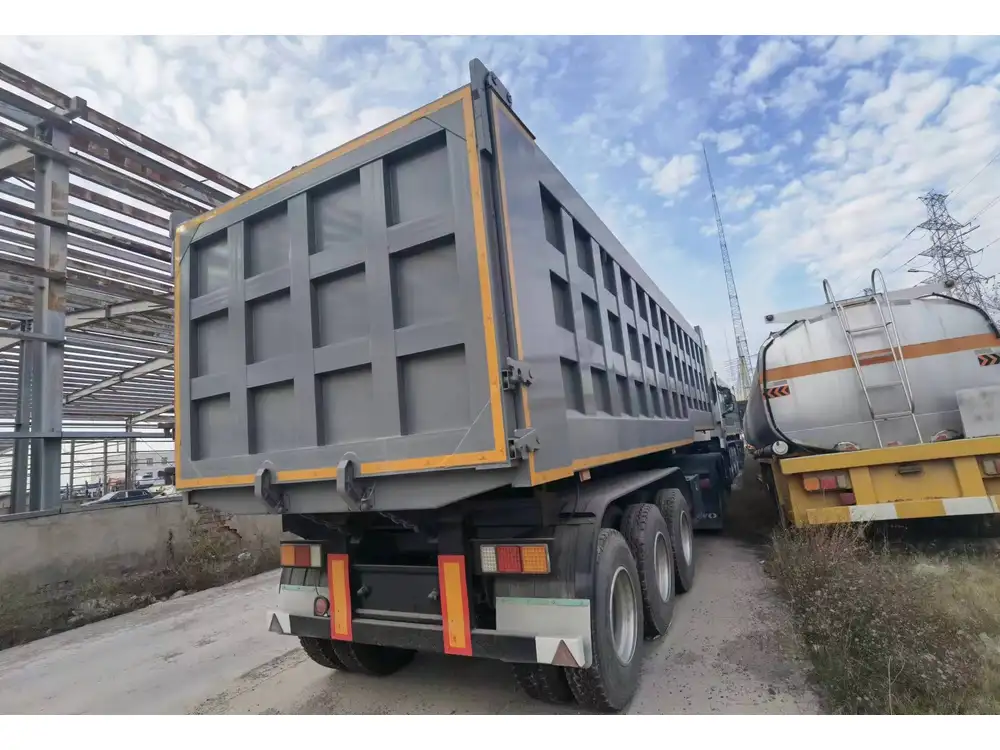
Applications in Semi-Trailer Manufacturing
At CarMax Trailer, the choice between LPG and propane has profound implications on vehicle design, fuel system integration, and overall performance:
Fuel System Design
- LPG: Requires robust storage tanks capable of handling variable pressures, which can influence trailer weight and space allocation.
- Propane: Allows for more streamlined fuel systems, enhancing trailer aerodynamics and payload capacities.
Performance Optimization
- Propane’s consistent energy output aids in maintaining engine performance across diverse climates, ensuring reliability and efficiency in transportation operations.
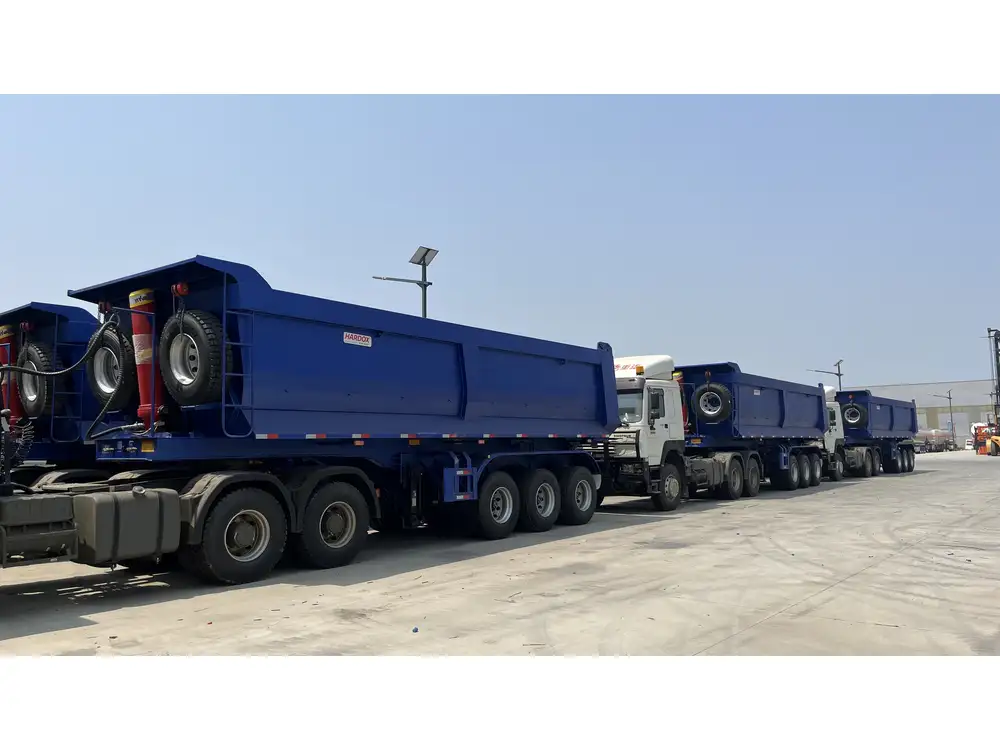
Safety Integration
- Advanced safety features, such as leak detection sensors and pressure regulators, are seamlessly incorporated into our trailer designs to uphold the highest safety standards.
Customization and Flexibility
- Understanding client-specific fuel preferences enables CarMax Trailer to offer tailored solutions, enhancing the versatility and adaptability of our semi-trailers in various operational contexts.
Safety Considerations in Detail
Delving deeper into safety aspects, the handling and usage of LPG and propane demand meticulous attention:
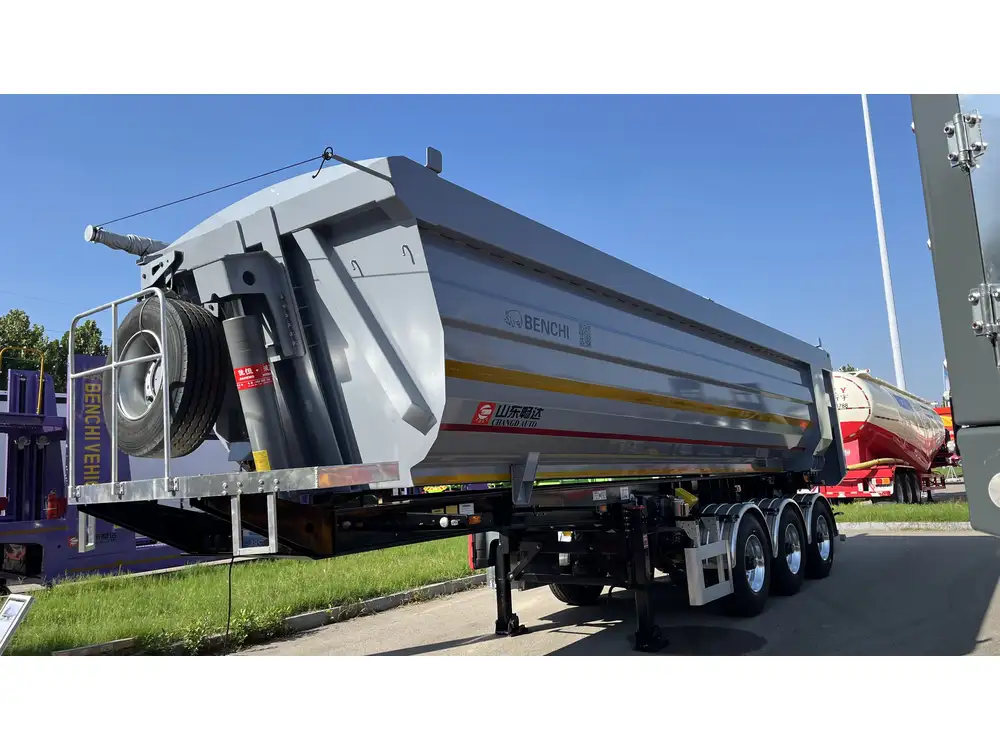
Fire Suppression Systems
- Integration of automatic fire suppression mechanisms in fuel storage and engine compartments minimizes fire risks, safeguarding both personnel and equipment.
Ventilation and Exhaust Management
- Proper ventilation systems prevent the accumulation of fuel vapors, reducing the likelihood of explosive atmospheres within confined spaces.
Training and Protocols
- Comprehensive training programs for operators ensure adherence to safety protocols, promoting a culture of safety within the operational framework.

Emergency Response Measures
- Establishing clear emergency response strategies, including evacuation procedures and fire-fighting measures, enhances preparedness for potential incidents.
CarMax Trailer prioritizes safety by embedding these measures into our semi-trailer designs, ensuring secure and reliable fuel handling across all operational scenarios.
Environmental Impact: A Closer Look
While both LPG and propane offer cleaner-burning alternatives to traditional fuels, their environmental impacts warrant closer examination:
Carbon Footprint
- Propane: Its combustion results in approximately 2.5 kilograms of CO₂ per liter, making it a lower-carbon option compared to gasoline and diesel.
- LPG: Depending on the butane content, its carbon emissions can vary but generally remain lower than conventional fossil fuels.
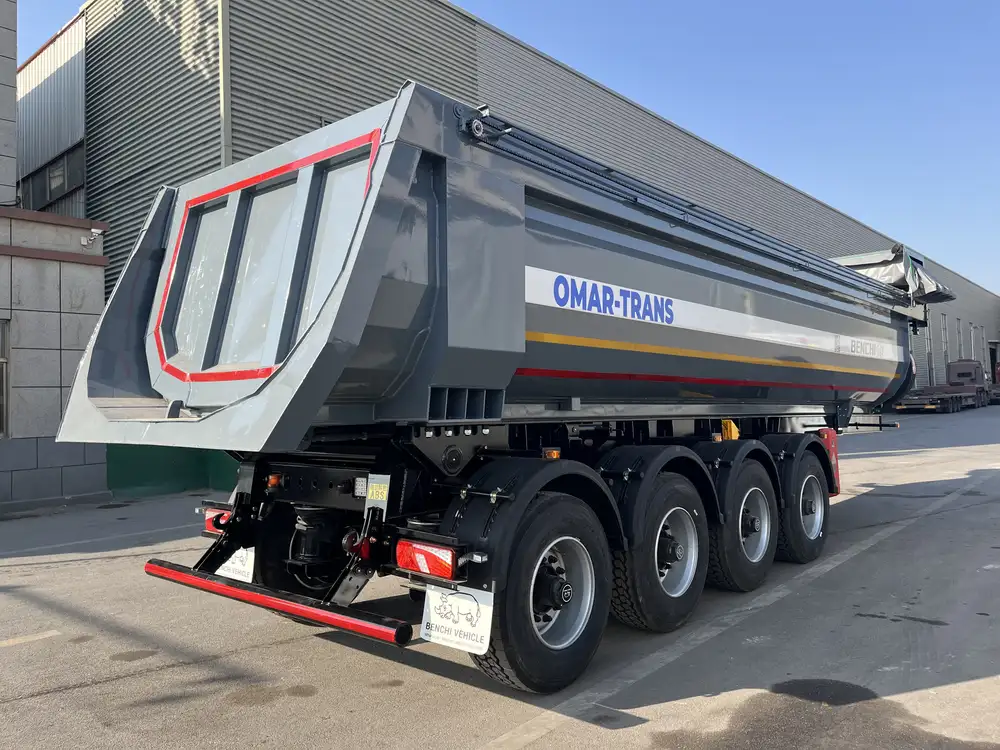
Lifecycle Emissions
- From extraction to combustion, the entire lifecycle of LPG and propane influences their overall environmental footprint. Efforts to source fuels responsibly and implement efficient processing techniques contribute to reduced emissions.
Sustainability Initiatives
- Transitioning to bio-propane or integrating carbon capture technologies can further diminish the environmental impact, aligning with global sustainability goals.
CarMax Trailer is committed to environmental stewardship, integrating sustainable fuel practices and exploring innovative solutions to minimize our ecological footprint.
Cost Implications: Detailed Analysis
A nuanced understanding of the cost dynamics associated with LPG and propane is essential for strategic financial planning:

Price Volatility
- LPG prices can be more susceptible to market fluctuations due to the variable butane content, whereas propane, as a pure compound, tends to exhibit more stable pricing trends.
Infrastructure Investments
- Allocating budgets for fuel infrastructure depends on the chosen fuel type. Propane’s simpler requirements often translate to lower infrastructure costs, enhancing financial flexibility.
Operational Efficiency
- Higher energy density of propane can lead to better fuel economy, reducing overall fuel consumption and operational costs over time.

Long-Term Financial Planning
- Assessing the total cost of ownership, including fuel expenses, maintenance, and infrastructure investments, facilitates informed budgeting and financial forecasting.
At CarMax Vehicle, our comprehensive cost analyses ensure that clients receive fuel solutions that align with their financial objectives, maximizing value and operational efficiency.
Choosing Between LPG and Propane
Selecting the appropriate fuel involves a multifaceted evaluation of various factors:
Climate and Environmental Conditions
- Propane’s consistency in colder climates makes it ideal for regions with extreme temperatures, while LPG may suffice in milder environments.

Application-Specific Requirements
- Understanding the specific energy demands and operational contexts guides the selection between the two fuels, ensuring optimal performance.
Infrastructure Availability
- Assessing existing fuel infrastructure and logistical capabilities can influence the choice, favoring the fuel that aligns with available resources.
Budgetary Constraints
- Balancing initial investments against long-term operational costs helps determine the most cost-effective fuel option.

Sustainability Goals
- Aligning fuel choices with broader sustainability objectives ensures that energy solutions support environmental commitments.
CarMax Trailer assists clients in navigating these considerations, offering expert guidance to select the fuel that best complements their operational and strategic goals.
Future Trends
The energy landscape is dynamic, with emerging trends shaping the future of LPG and propane utilization:
Technological Advancements
- Innovations in fuel cell technology and engine efficiency continue to enhance the performance and applicability of LPG and propane in various sectors.
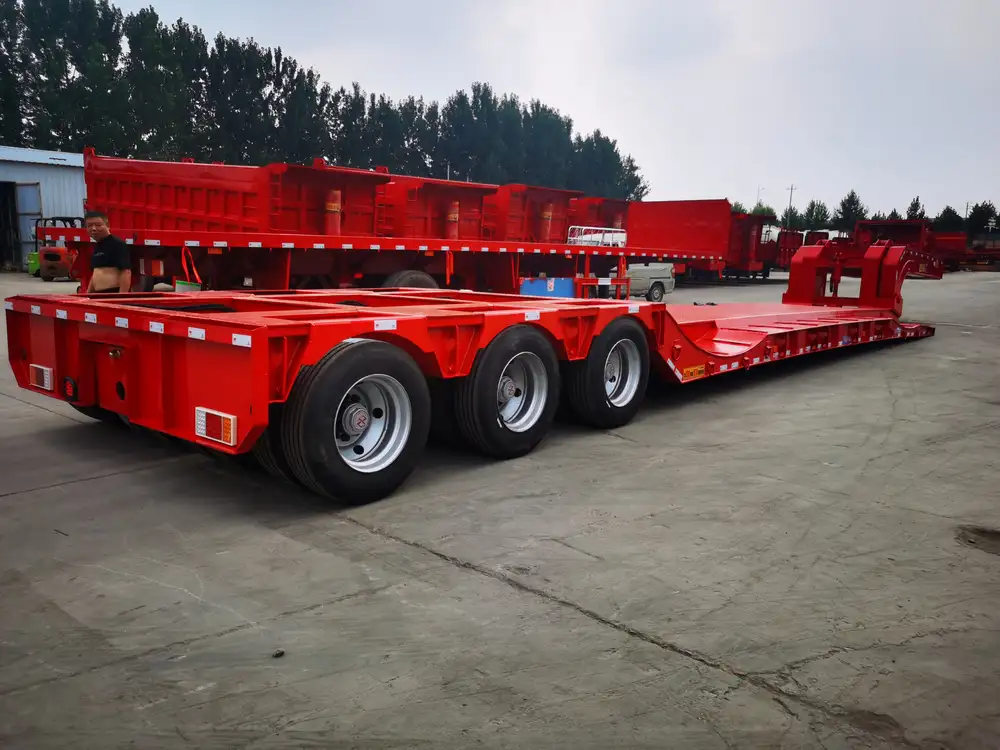
Integration with Renewable Energy
- The convergence of LPG and propane systems with renewable energy sources fosters hybrid energy solutions, promoting sustainability and resilience.
Regulatory Developments
- Evolving environmental regulations drive the adoption of cleaner fuels and the exploration of bio-based alternatives, influencing industry practices and standards.
Market Dynamics
- Shifts in global energy markets, driven by geopolitical factors and supply chain dynamics, impact the availability and pricing of LPG and propane.
CarMax Trailer remains at the forefront of these trends, adapting our product offerings and fuel solutions to align with the evolving energy paradigm, ensuring our clients remain competitive and sustainable.

Conclusion
The distinction between LPG and propane extends beyond mere chemical composition, encompassing a spectrum of factors that influence their suitability across different applications. From energy content and storage logistics to safety considerations and environmental impact, each attribute plays a critical role in determining the optimal fuel choice for specific needs. At CarMax Vehicle, we pride ourselves on providing comprehensive insights and tailored solutions, empowering businesses to harness the full potential of LPG and propane in their operations. As the energy landscape continues to evolve, our commitment remains steadfast in delivering innovative, efficient, and sustainable fuel solutions through our high-end semi-trailers and industry expertise.
Frequently Asked Questions
1. Can propane be used interchangeably with LPG in all applications?
While propane is a component of LPG, their interchangeability depends on the specific application requirements and equipment compatibility. It’s essential to consult with manufacturers or fuel experts to ensure safe and efficient usage.
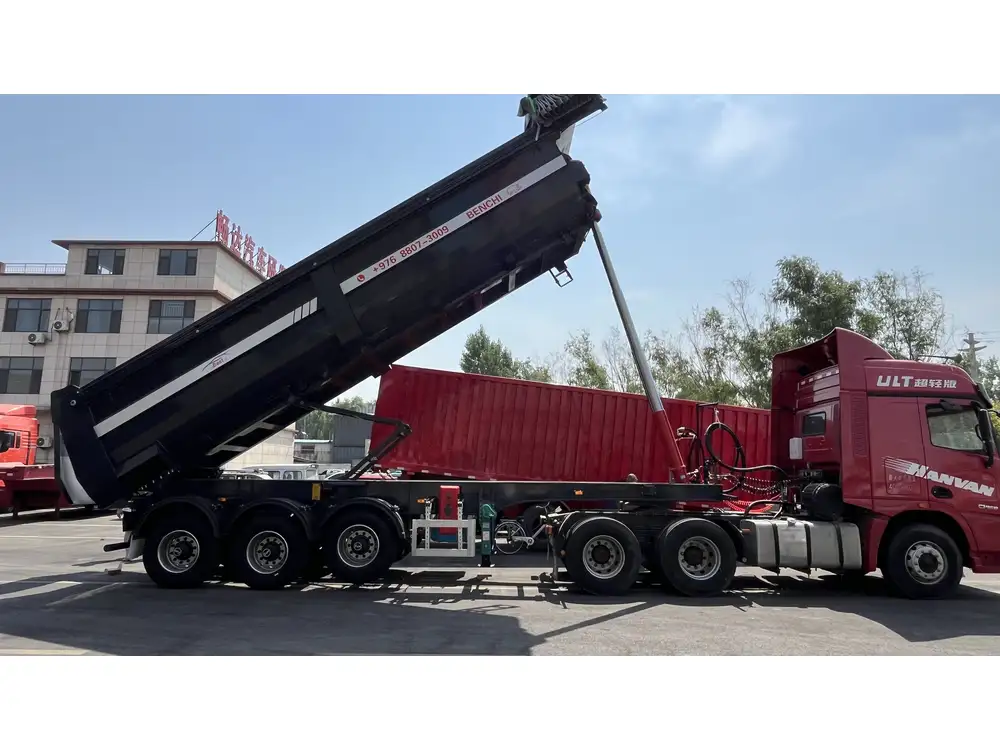
2. Which fuel is more environmentally friendly, LPG or propane?
Both LPG and propane are cleaner-burning alternatives to traditional fossil fuels, emitting lower levels of greenhouse gases and pollutants. The environmental impact can vary based on their production processes and usage patterns.
3. How does temperature affect the performance of LPG and propane?
Propane maintains consistent vapor pressure across a wide temperature range, making it more reliable in colder climates. LPG’s performance can be influenced by the butane content, which may reduce vapor pressure in colder temperatures.
4. What safety measures should be implemented when storing LPG or propane?
Proper ventilation, leak detection systems, pressure regulators, and adherence to storage regulations are crucial safety measures. Regular maintenance and employee training further enhance safety protocols.
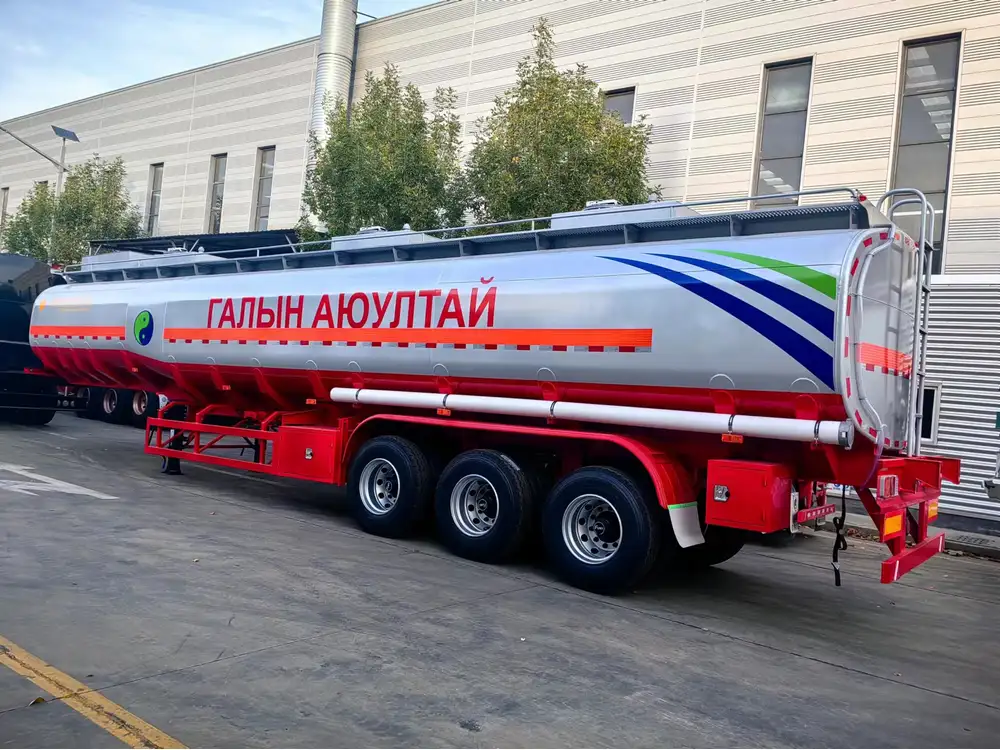
5. Are there cost benefits to using propane over LPG for industrial applications?
Propane often offers more stable pricing and higher energy density, which can translate to better fuel economy and lower operational costs. However, the overall cost benefits depend on specific usage patterns and infrastructure requirements.



